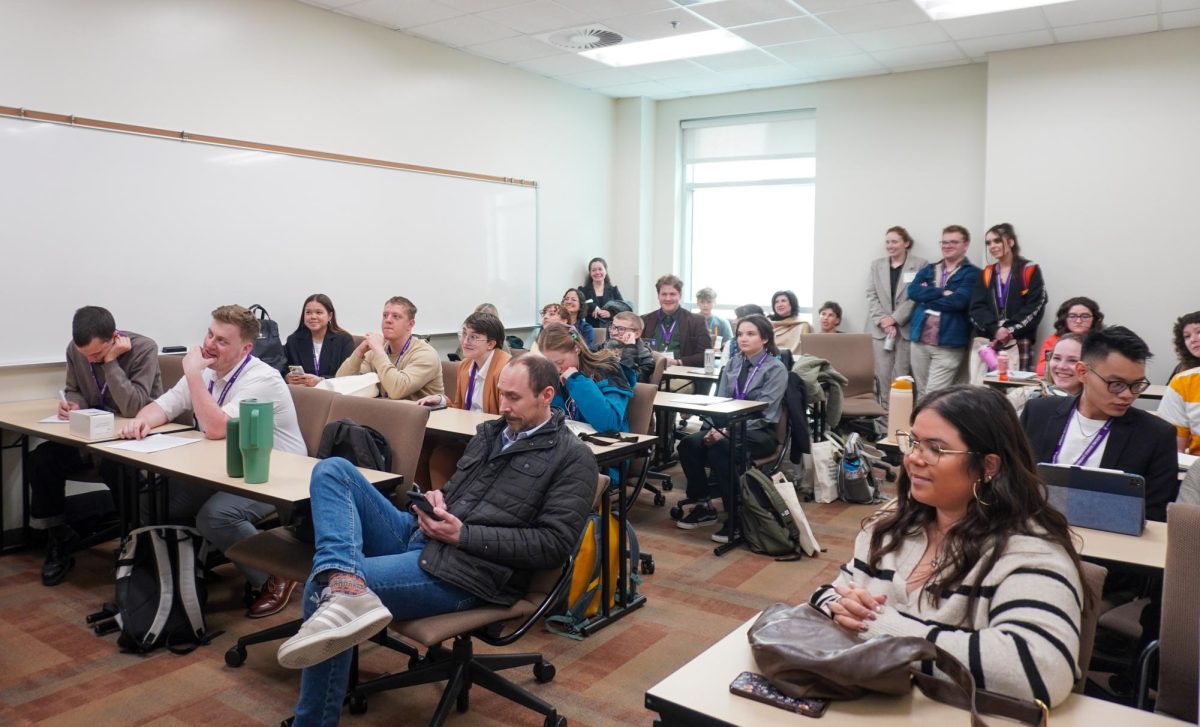In observing Opioid Awareness Week, Weber State University’s Neuroscience department hosted a presentation titled “Neuromodulation as an Adjunctive Treatment for Substance Disorder” on Oct. 26. The lecture featured guest speaker Dr. James Mahoney III, an associate professor and clinical neuropsychologist.

The Opioid Epidemic has been raging for several decades. According to the CDC, “The number of drug overdose deaths quadrupled since 1999… in 2019, 70,630 drug overdose deaths occurred in the United States.”
Utah is not exempt from this epidemic. The opioid prescription rates in Utah are higher than the national average.
According to a statement from the National Institute on Drug Abuse in April 2020, Utah providers wrote an average of 57.1 opioid prescriptions for every 100 people in 2018, compared to the U.S. average rate of 51.4 prescriptions. Despite media campaigns promoting awareness of the epidemic, the rates of addiction and addiction-related deaths are increasing.
Aminda O’Hare, director of the WSU Neuroscience Program, said she is trying to provide a medical model of addiction and of all mental health disorders.
Many stigmas surround substance use, including assumptions about a person’s lack of morals or weakness of character, “where, really, we know that, biologically, some are just predisposed to addiction,” O’Hare said.
O’Hare noted that, particularly with opioids, the first exposure is often through a medical prescription that is a valid and legitimate reason to be using.
“We’re just trying to educate people that this is just a chemical imbalance that makes people susceptible to addiction, and it can be treated,” O’Hare said.
Treatment research for substance addiction was the main focus of Mahoney’s lecture. Mahoney specializes in substance use and addiction and is involved with active research being performed by the Rockefeller Neuroscience Institute at the West Virginia University School of Medicine.
The clinical trials focus on various neuromodulation techniques as potential treatments for individuals with substance use disorder. One of the major findings thus far in the trials is polysubstance use. Most of the subjects that had opioid in their system also had benzodiazepines.
“We need to step back and start treating the whole addicted brain simultaneously,” Mahoney said.
The consensus from Mahoney and O’Hare is of a need to expand the general understanding of addiction to a more holistic and treatable view, while providing help and hope to patients.



















